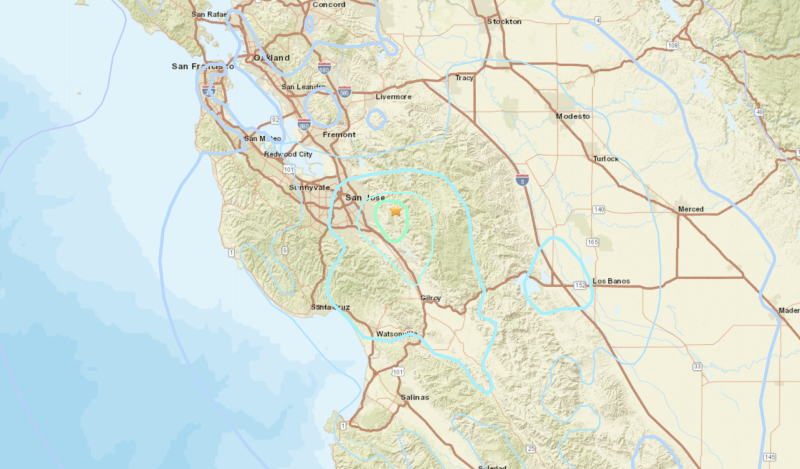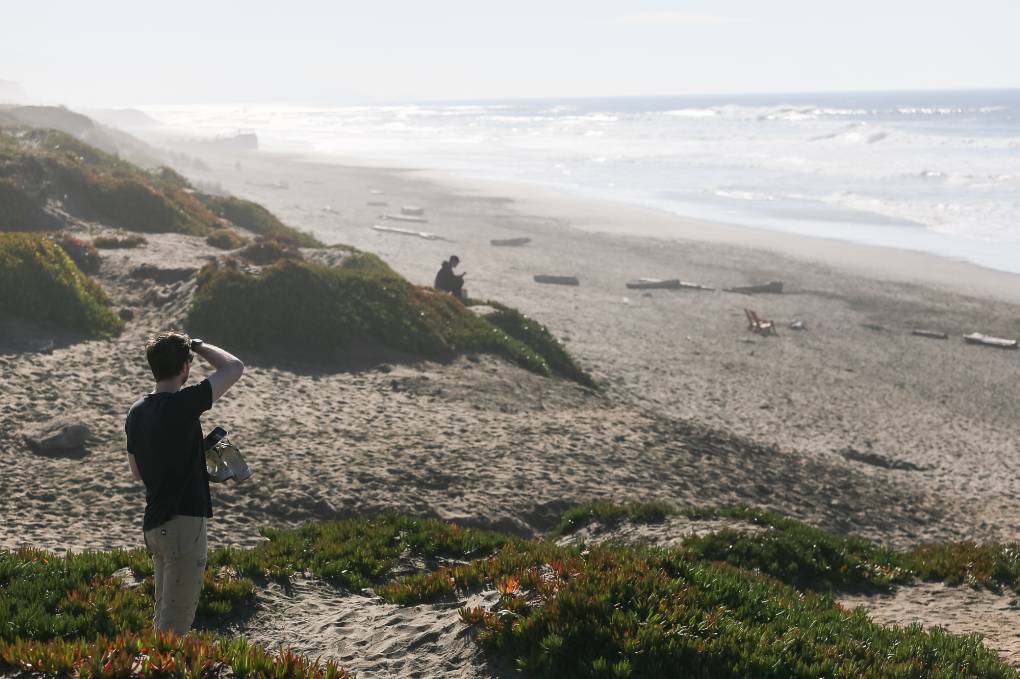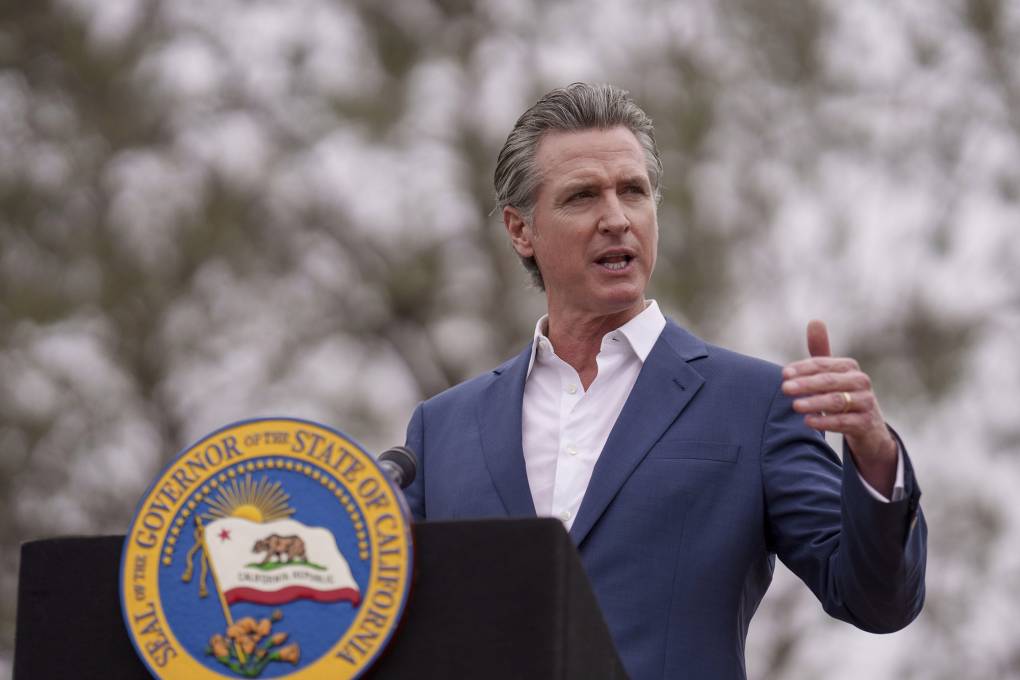A magnitude 2.9 aftershock followed five minutes later, the agency reported. A third, 3.5-magnitude quake was detected in the same area at 3:08 p.m., followed by a 2.8-magnitude quake at 5:20 p.m.
“The [5.1 magnitude] earthquake was widely felt, with over 18,000 ‘Did You Feel It?‘ reports submitted as of 1 p.m., extending from Central California north to Sacramento and Sonoma County,” Annemarie Baltay, a USGS seismologist, said in a video statement posted on Twitter. “Ground shaking appears to have been slightly less than our models expected for this magnitude earthquake.”
Baltay said there is a 1% chance of an aftershock greater than magnitude 5 in the next day, and perhaps as many as 15 smaller ones in the next week.
“We have good news to report, and that is that we’ve had no injuries to report, and no serious damage to any buildings,” said Santa Clara County Supervisor Cindy Chavez, who represents parts of San José. “That’s particularly important for our health care institutions, and all of them look like they’re in great shape.”
Source: US Geological Survey; map by Matthew Green/KQED
There were no immediate reports of damage or injuries, prompting a collective sigh of relief among officials in San José and other nearby cities that felt the brunt of the jolt.
The San José Fire Department said it had not received any earthquake-related calls. And Caltrain, Valley Transportation Authority and BART officials all said they briefly stopped service systemwide to conduct inspections, but soon resumed normal operations after not finding any damage.
Nearly 100,000 people reported receiving a warning before the shaking started, through California’s earthquake early warning system, according to the California Governor’s Office of Emergency Services, or Cal OES.
“Advance notice varied from two seconds for those very near the epicenter to 18 seconds for those in San Francisco,” the agency said.


